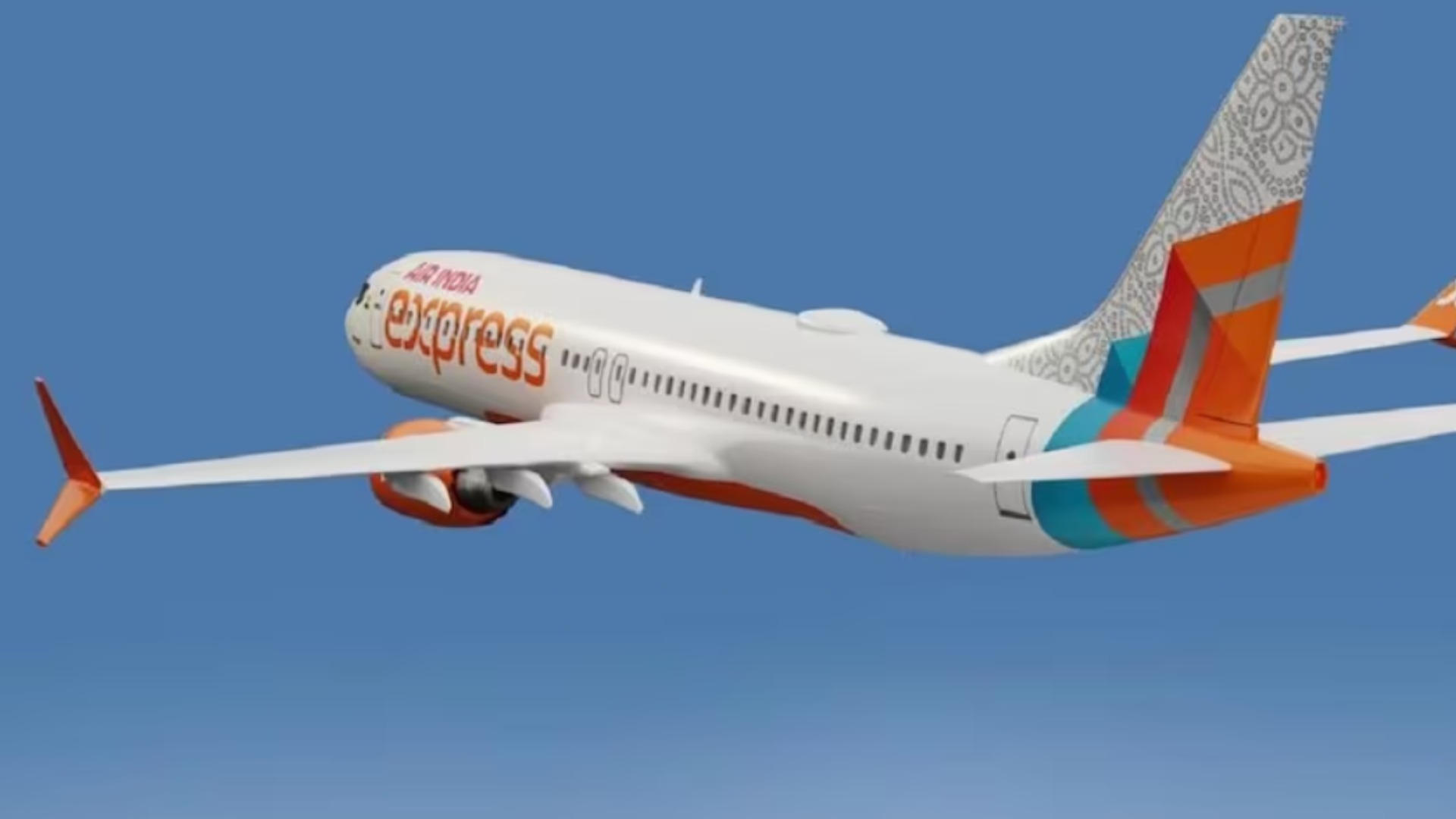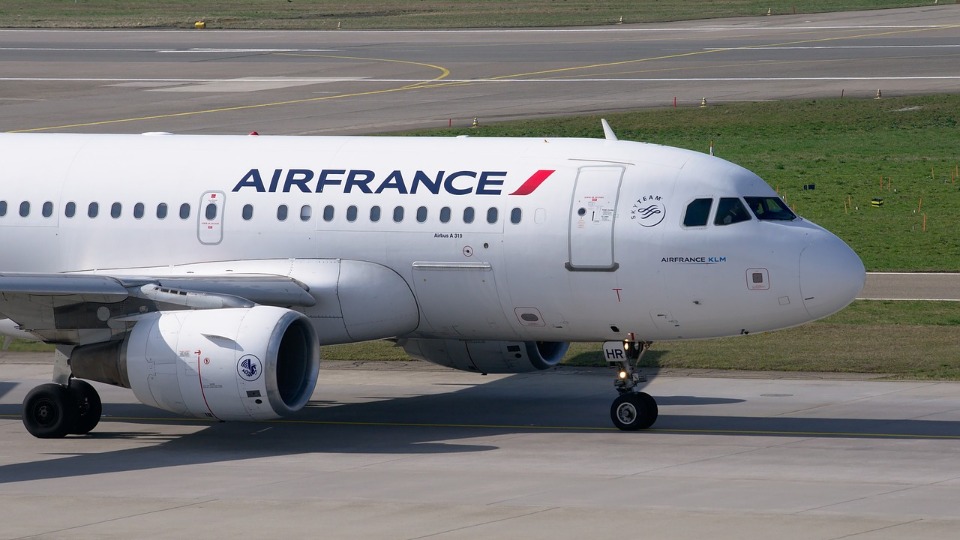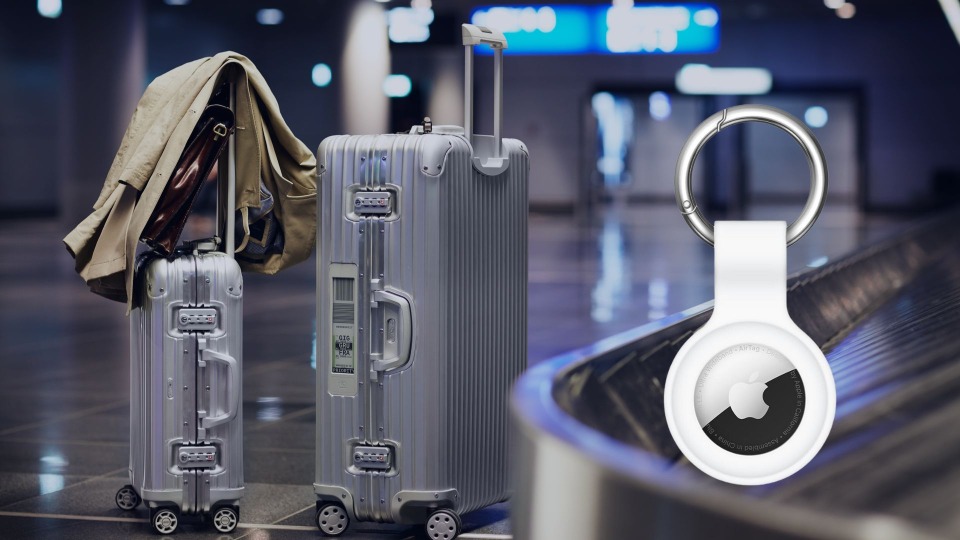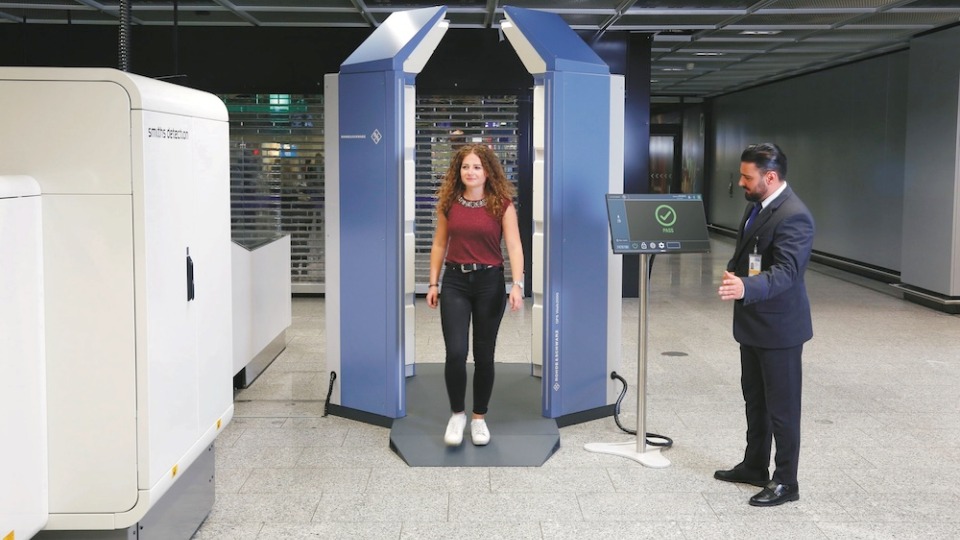
The Newly Redesigned Air India Express Aims High

Rebranding itself as anything more than an unnoticed, unheralded offshoot was the point. The airline has rebranded with a vibrant colour scheme that centres on orange and turquoise, with secondary hues of tangerine and ice blue. Its whole identity is based on the letter X, an obvious attempt to appeal to a younger demographic.
However, Air India Express has been around for a while and continues to uphold a long-standing heritage. The tail-fins of each plane will be decorated with a different pattern that reflects India's rich culture of arts and crafts under the umbrella subject "The patterns of India." The inaugural event included the world's first Boeing 737-8, which debuted a livery based on the Bandhani textile pattern.
In 2005, the government of India launched a regional airline called Air India Express. The concept was to have a low-cost airline flying between South India and the Middle East. There are now 26 Boeing 737-800s in the airline's fleet.
AirAsia India, which was founded in 2013 as a joint venture between the Tata Group and AirAsia of Malaysia, is presently in the process of merging with Air India Express. As of this month, the AirAsia brand will no longer exist, and the company's leadership has consolidated under a single umbrella.
The long-term plan for Air India Express is to make the airline the industry standard in India and expand into worldwide point-to-point markets based in India.
After years of underinvestment, Air India has finally given Air India Express the resources it needs to compete. For instance, of the 470 planes bought by Air India earlier this year, 190 would be added to the fleet of Air India Express.
Existing aircraft, some of which are up to 16 years old, will be replaced and most of them will be used to expand the airline's operations. Fifty planes will be added to the fleet by the end of 2024, with the first two already on hand. After just 15 months, the airline expects to have essentially doubled in size.
Air India is getting out of numerous markets in India because they believe the group would be best served by a low-cost rather than full-service airline. Customers from these regions will be able to book flights on the merged Air India and Air India Express network thanks to a code-share with the parent corporation.
In the long run, the choice to maintain a fleet of contemporary Boeing 737-8 aircraft has benefited the new Air India Express. Additionally, it heavily borrows from AirAsia India's in-flight magazine.
Air India Express' MAX planes, for instance, include ovens, so the airline can provide warm food as a buy-on-board service for customers who are interested.
As a plus, when the airline's streaming partner, Sugarbox Networks, receives regulatory approval in India for the 737 aircraft, the company plans to deliver in-flight entertainment via streaming throughout the network.
All of the aforementioned changes will be useful if the airline begins operating foreign flights lasting longer than five hours, a category in which market leader IndiGo has been unwilling to diversify beyond providing just cold meals and no in-seat electricity or in-flight entertainment.
While Air India Express serves just 30 Indian airports and 14 foreign airports, IndiGo flies to 84 Indian and 32 international destinations every day. However, Indian travellers and IndiGo both need a well-funded airline that can stand out from the crowd and expand their service area.
Source: skift.com








